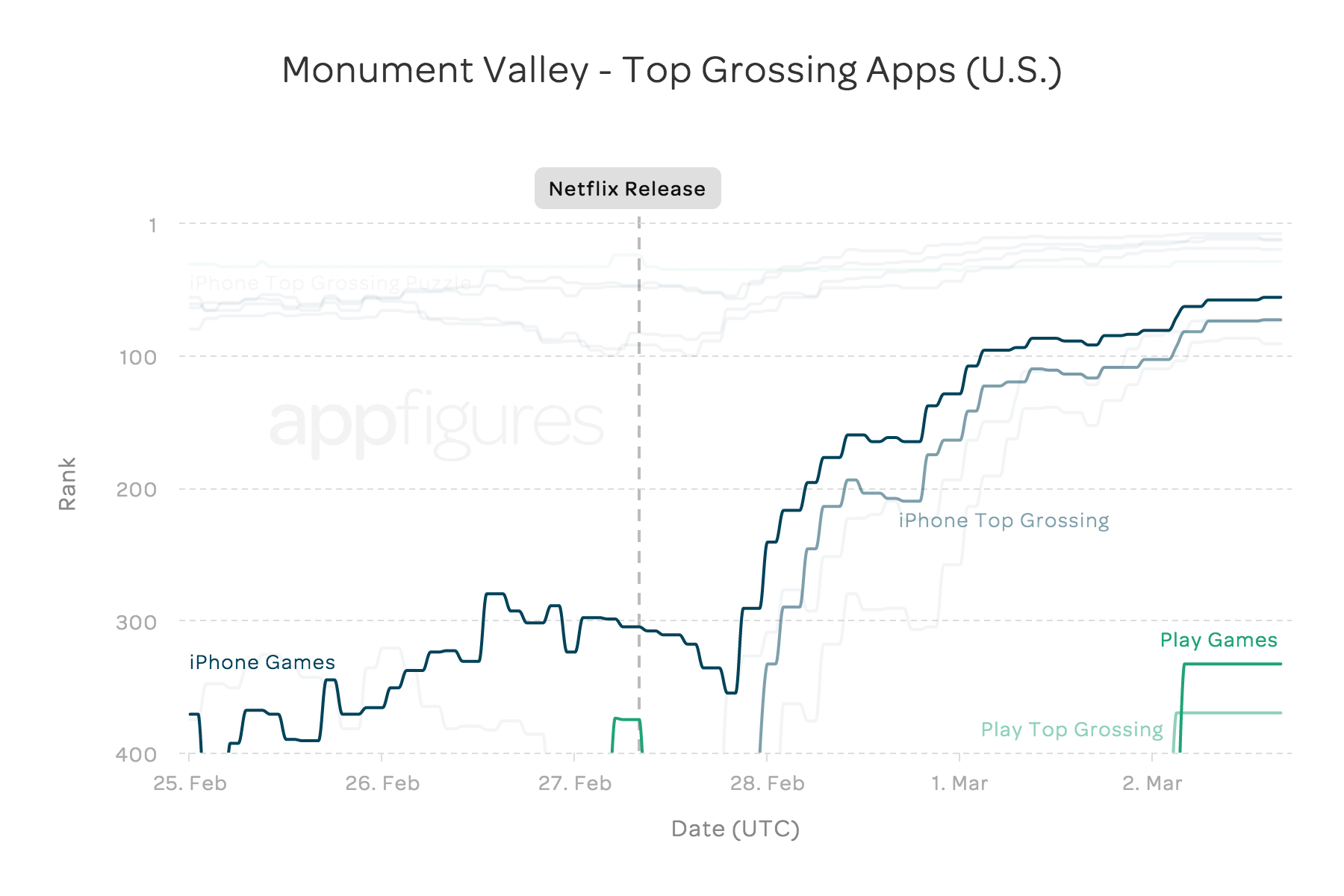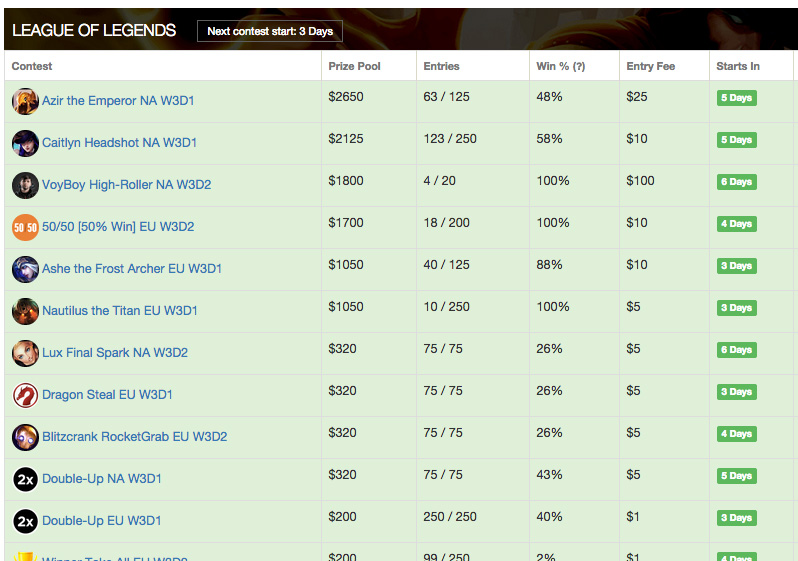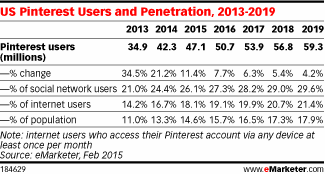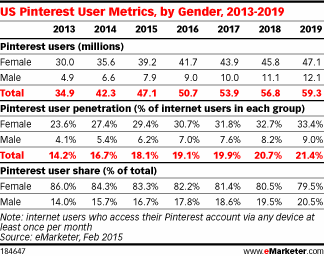Riding the wave of popularity that traditional sports have seen over the last few years, the first venture-supported Fantasy ESports company, Vulcun, has emerged as a leading player in this brand new business. The company has raised over $1.3 million from top-tier Silicon Valley investors including eVentures, Battery Ventures and 500Startups. Like AlphaDraft, Vulcun is focused solely on the League of Legends Championship Series. Where things differ is that Vulcun has been offering paid play, along with free play, out of the gate. The company has over $1 million in prizes up for grab for this year and weekly cash prizes are increasing on a regular basis. Internet startup veteran Ali Moiz, CEO of Vulcun, explains why this sector is poised for accelerated growth in this exclusive interview.
How did Vulcun come about as a company and what background do the founders have in eSports?
The founders used to own Team Vulcun, a professional League of Legends LCS team that finished #2 in North America and went to the World Championships in 2013. They’ve been passionate and involved in eSports for several years. The new fantasy site is called Vulcun in honor of the team that did so well a few seasons ago. The founders have a combined 30 years of startup and tech entrepreneurial experience, having built several successful companies before like Peanut Labs, now acquired by eRewards.
What type of understanding does the venture funding community have of eSports today?
Vulcun has raised $1.3 million in capital from Battery Ventures, eVentures, 500 startups and several notable investors in the gaming industry including Kevin Chou of Kabam, Craig Sherman of Gaia, Roger Dickey and Siqi Chen of Zynga and others. ESports is still relatively new to the venture community and we are one of the first companies to receive institutional capital in this industry.
How do your fantasy leagues work?
Our focus is on providing the largest prize pools in fantasy eSports, currently $250,000. We were the first company to launch in this space in early January with real-money, paid games and a six-figure prize pool. The mechanics are the same as other daily fantasy sites such as Fanduel, Draftkings or Victiv. Players draft a fantasy roster based on daily games in a salary-cap format, and compete for prizes. We feature both paid and free games.
How are you working with leagues like ESL and MLG and game companies like Riot Games in adding real-money fantasy to eSports?
We’re currently exploring a number of partnerships with game companies and leagues in bringing real-money fantasy games to a wider audience.
What differentiates Vulcun from startup AlphaDraft.com?
It’s great for the community to have multiple options to play. There are several other free drafting sites like AlphaDraft. Our focus is on providing the largest prize pools in Fantasy eSports. We’re the only company that offers paid, real-money games right now for fantasy eSports.
How popular is your free gameplay?
We have about 20,000 people who play for free each week on Vulcun.
How are you age gating this given the younger demographic that follows eSports?
We ask for the user’s ID if they deposit and withdraw real money, in addition to using other third-party verification services.
What types of prizes will be available at first and how do you see winnings increasing over time?
We announced a $250,000 prize for League of Legends LCS this year before the season started. For our first week we had planned on starting slowly and giving out around $2,000. But the community’s response has been so tremendous that we ended up giving out $12,000. This week we’re paying out $20,000. Given the fantastic response, these numbers will only go up from here.
How much do you plan on giving away this year?
We started at $250,000, but I believe we’ll end the year in seven figures.
Why do you think now is the right time to add Fantasy eSports?
Daily fantasy games have already proved to be hugely popular in traditional sports. ESports has exploded in popularity the past few years, and people are simply demanding the same things for eSports.
How big is Fantasy in real sports today and what potential do you see for eSports?
Fantasy is a new, fast-growing part of eSports. We believe it can be one of the largest commercial activities inside of eSports by the end of this year.
How will you be marketing this endeavor?
Word-of-mouth has been a critical part of our growth thus far. Paid fantasy games require a high element of trust since users deposit and play with real money. The most trustworthy marketing a user can get is to hear about it from a friend who already played and won.
What role will Twitch and livestreaming play in this business?
We’re testing partnering with some streamers and running Twitch ads, but it’s still too early to tell whether this approach will work.
What has the feedback been from teams and pros?
We’ve received several endorsements from pro players including Voyboy, mandatoryCloud, Westrice and Imaqtpie. Some of these videos are up on our homepage. Dozens of other ex-pro players have made accounts on our site, including former members of CLG, TSM and Dignitas.
What opportunities are there for publishers and developers for expansion beyond League of Legends?
The market beyond League of Legends is interesting, but not as developed. You don’t have large, long-term leagues, which makes it harder for fantasy games. One-off tournaments are harder to do than leagues. We’re keeping an eye on it, but for the time being, we’re staying focused on keeping and growing our #1 position in Paid Fantasy games for League of Legends.
What opportunities do you see for sponsors and brands?
Alienware, Coca Cola, G2A, Cyberpower, NOS and other major brands have been involved with eSports for years. We believe brands will play an increasingly larger role in the eSports space this year.
Fantasy Sports has become a crowded market with real sports. How much room do you see for eSports given that there are now two League of Legends Fantasy start-ups?
It takes more than one to make a market. It’s great for the community to have multiple options for free games.





